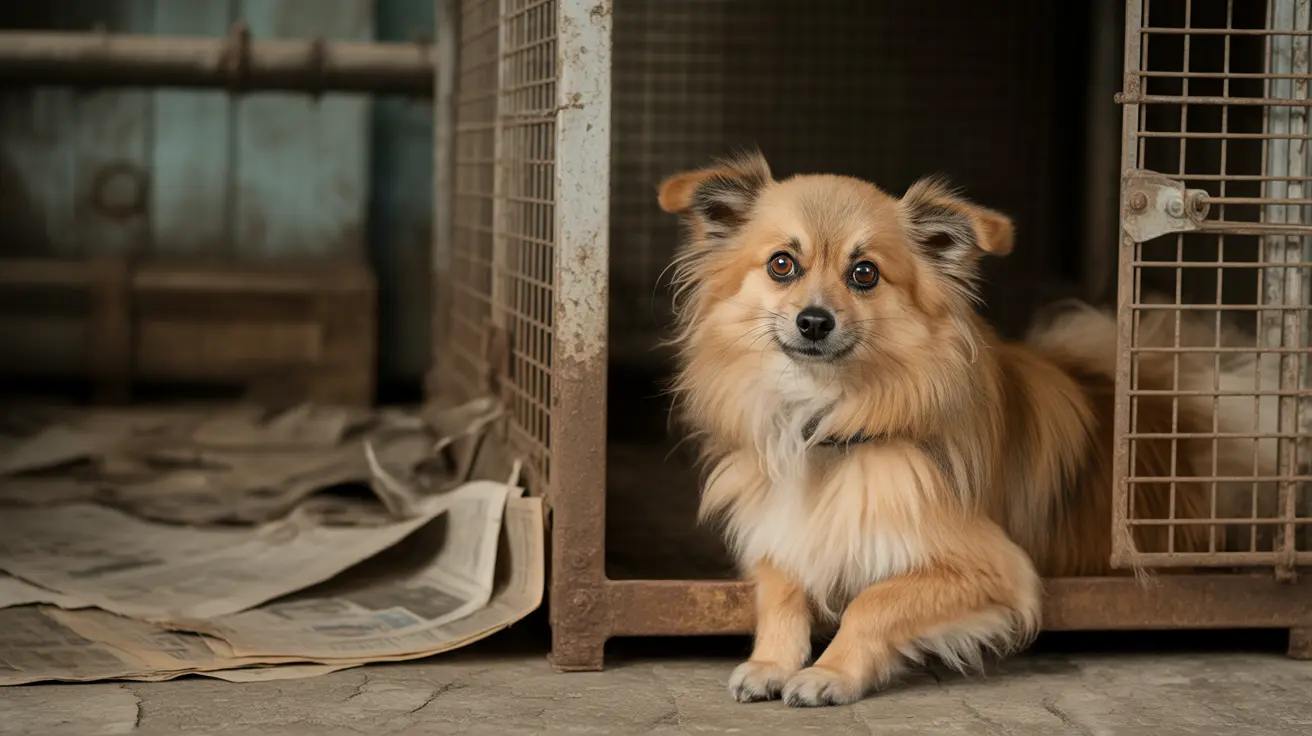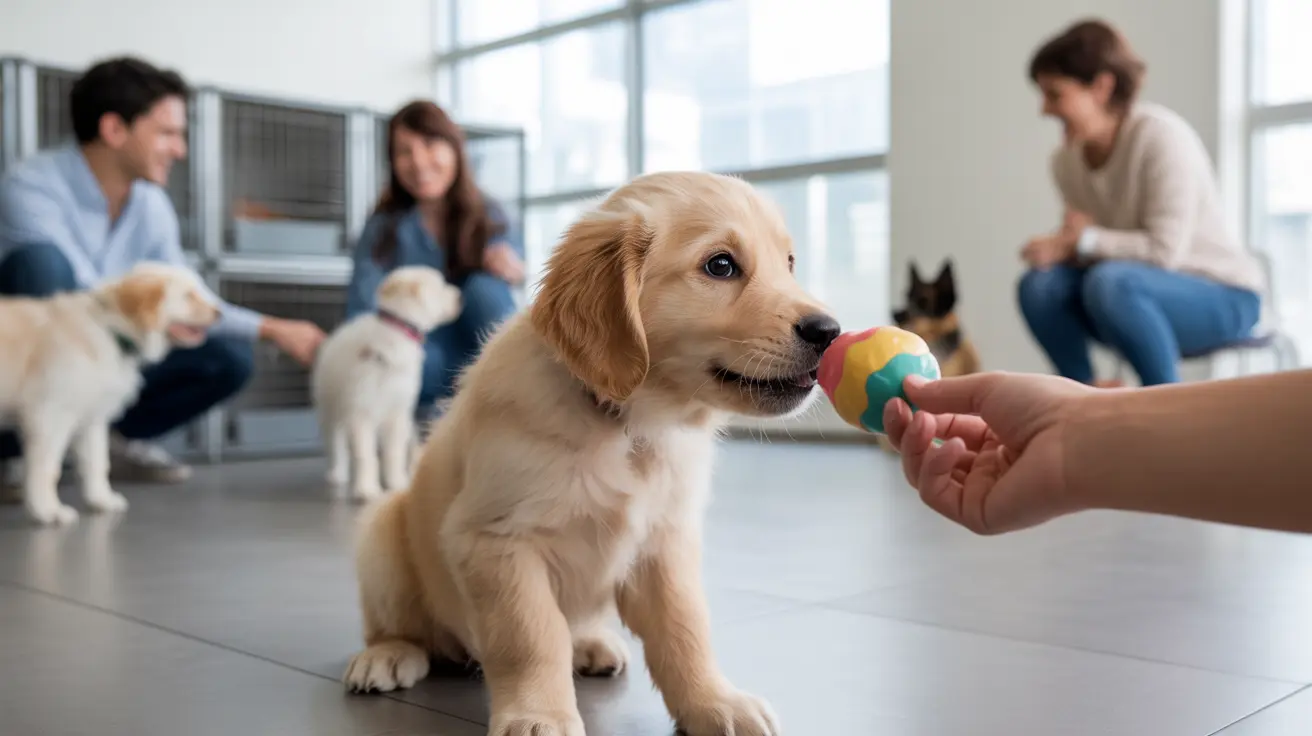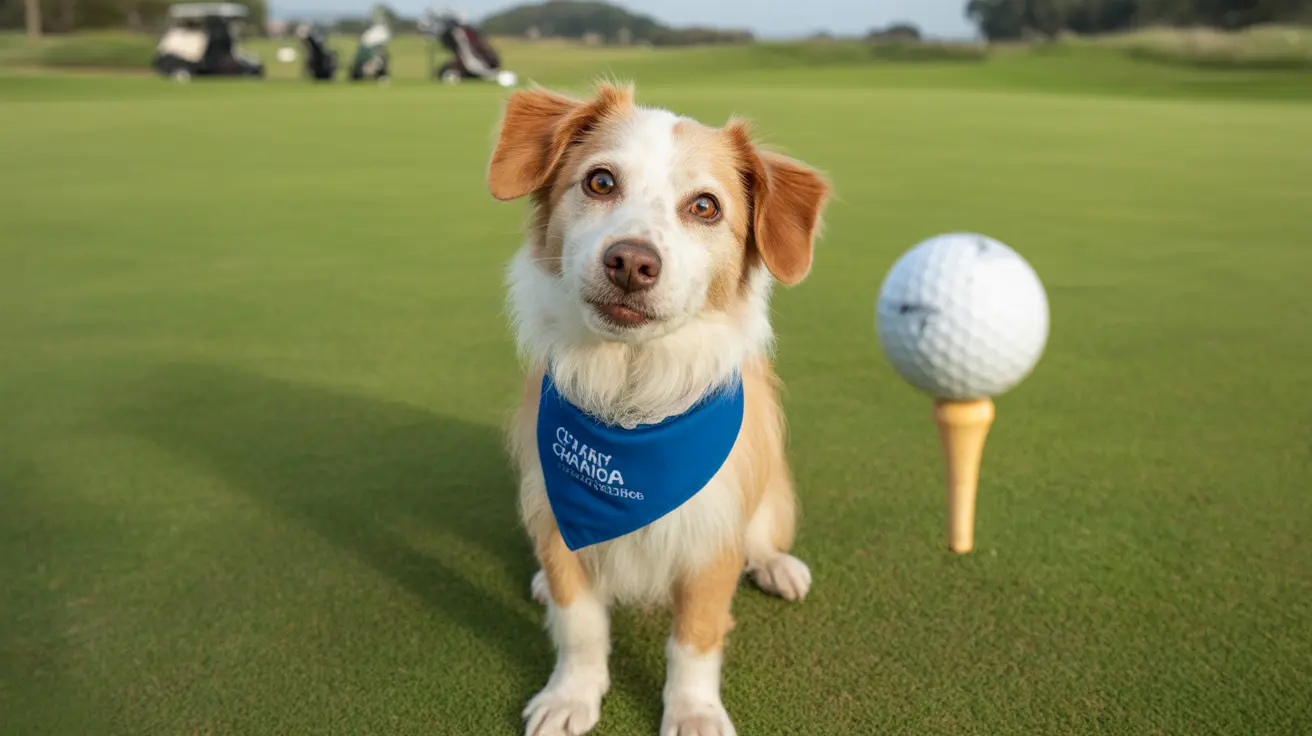How Dogs Apologize: Understanding Canine Body Language and Behavior
Dogs are known for their loyalty, affection, and emotional intuition. As non-verbal animals, they rely heavily on body language and behavior to communicate their feelings. When a dog senses they’ve upset their human or another dog, they’ll often make gestures that serve as their version of an apology.
The Science Behind Canine Behavior
While dogs don’t apologize in a human sense, they do exhibit specific behaviors that indicate submission, appeasement, or reconciliation. These actions are instinctual and serve a social function within the canine pack hierarchy.
Ways Dogs Apologize to Humans and Peers
- Tail Tucking: A classic submissive gesture, indicating the dog is not a threat and acknowledges upset or conflict.
- Head Lowering and Whale Eyes: Dogs will often lower their heads and avoid eye contact, using side glances to gauge their owner’s reaction—a common form of canine deference.
- Licking: Dogs may lick their owner’s hand, face, or mouth area, a behavior that resembles the grooming behavior of puppies towards their mothers. This can be a form of apology or peacemaking.
- Creeping or Scooting: Some dogs will approach slowly, often belly-crawling or creeping, to suggest they mean no harm and request forgiveness.
- Pawing or Nudging: Dogs might gently place a paw on their owner or nudge them with their snout—both signs of reconnection.
- Leaning or Cuddling: Dogs frequently seek physical closeness after causing distress, suggesting remorse and a desire to restore the bond.
Recognizing the Triggers
Sometimes dogs act out or misbehave due to stress, lack of stimulation, or unintentional reinforcement from humans. Recognizing the source of their behavior can provide context to their so-called 'apology' gestures.
- Separation Anxiety: A common cause of destructive behavior, leading to remorseful looks afterward.
- Lack of Exercise: Energetic breeds may act out when not adequately exercised, then offer behaviors suggesting regret.
- Confusing Training Signals: Inconsistent commands can lead to a dog feeling uncertain and apologetic when scolded for mistakes.
How to Respond to a Dog's Apology
It's important to respond calmly and positively. Dogs respond best to consistent, reward-based training and a secure environment. When a dog shows signs of appeasement, it’s helpful to:
- Use a gentle tone of voice to reassure them.
- Avoid punishment that may increase fear or anxiety.
- Offer praise or petting when appropriate behavior resumes.
- Ensure your dog understands expected behaviors with positive reinforcement.
Do Dogs Feel Guilt?
Research suggests dogs do not feel guilt in the way humans do. What people interpret as guilt—like 'guilty looks'—is more accurately appeasement behavior. Dogs are sensitive to human tone and body language, and they react to signs of displeasure accordingly.
Training to Minimize Misbehavior
By implementing consistent routines, clear cues, and engaging activities, many misbehaviors can be prevented. Encourage desired actions through rewards, and reduce opportunities for errors that may lead to scolding—or unnecessary apologies.
Conclusion: Love and Forgiveness in the Human-Dog Bond
While dogs don’t say “I’m sorry” with words, their instinctive gestures of appeasement and bonding are just as powerful. Understanding these signs helps build a deeper, more respectful relationship between pets and their people.





